Inside The Hells Angels: Myths And Realities
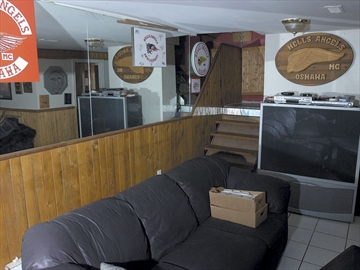
Table of Contents
The History of the Hells Angels: From Post-War Veterans to Global Organization
The Hells Angels Motorcycle Club's history is deeply intertwined with post-World War II America. Founded in 1948 in Fontana, California, the early members were largely comprised of World War II veterans seeking camaraderie and a sense of belonging. This shared experience of war shaped the club's early culture and fostered a strong sense of brotherhood. The Hells Angels history is one of gradual expansion, starting with a few chapters in California and eventually spreading across the United States and internationally. This territorial expansion, while often peaceful, also involved conflicts with rival motorcycle clubs, shaping their reputation and solidifying their position within the outlaw motorcycle gang (OMG) landscape. The evolution of their club structure and hierarchy, from loose affiliations to a more formalized organization, is a key element of their story. Key events, such as high-profile legal battles and media attention, significantly impacted the public's perception of the Hells Angels.
- Founding in 1948 in California.
- Early membership largely comprised of World War II veterans.
- Gradual expansion across the United States and internationally.
- Evolution of club structure and hierarchy.
- Key events shaping the club's image and reputation (e.g., Altamont Speedway concert).
The Hells Angels' Subculture: Brotherhood, Rituals, and Identity
The Hells Angels' subculture is a significant aspect of their identity. At its core is a strong emphasis on brotherhood and loyalty among members. This powerful bond is reinforced through distinctive rituals and initiation processes, often shrouded in secrecy. The importance of club colors, patches, and insignia cannot be overstated; these symbols represent not just membership but a shared identity and commitment. The shared values and beliefs that bind members together contribute to a unique culture that sets them apart from mainstream society. The role of motorcycle culture itself is paramount; the motorcycle is not just a mode of transportation, but a powerful symbol of freedom, rebellion, and individuality. Understanding the Hells Angels culture requires recognizing the deep-seated bonds and the rituals that solidify their collective identity.
- Strong emphasis on brotherhood and loyalty amongst members.
- Distinctive rituals and initiation processes.
- Importance of club colors, patches, and insignia (e.g., the "Death Head" emblem).
- Shared values and beliefs that bind members together.
- The role of motorcycle culture in shaping their identity.
Criminal Activities and the Hells Angels: Separating Fact from Fiction
The Hells Angels' involvement in criminal activities is a complex and controversial topic. While the club maintains it is primarily a social organization, documented instances of criminal activity linked to various chapters are undeniable. These activities range from drug trafficking and organized crime to racketeering and money laundering. Law enforcement agencies worldwide have conducted numerous investigations and prosecutions, leading to significant legal battles and challenges for the club. It's crucial to differentiate between individual criminal acts by members and club-sanctioned activities. Media portrayals have often exaggerated the extent of their criminality, fueling public perception and shaping the narrative around the Hells Angels. A balanced understanding requires separating the actions of individual members from any alleged club-wide policy.
- Documented instances of criminal activity linked to various chapters.
- The role of law enforcement in investigating and prosecuting Hells Angels members.
- The ongoing legal battles and challenges faced by the club.
- Differentiating between individual criminal acts and club-sanctioned activities.
- The impact of media portrayals on public perception of the club's criminality.
The Media's Portrayal of the Hells Angels: Sensationalism vs. Reality
The media has played a significant role in shaping public understanding of the Hells Angels, often resorting to sensationalism. Hollywood portrayals, news coverage, and even some documentaries have frequently emphasized the club's criminal activities, often neglecting the social and cultural aspects of their existence. This unbalanced approach often ignores the complexities and nuances of the club's history and present-day realities. However, a growing number of documentaries and investigative journalism pieces are attempting to offer a more balanced perspective, challenging the simplistic "good vs. evil" narratives that often dominate the media. These alternative narratives are crucial in creating a more nuanced understanding of this complex subculture.
- Examples of sensationalized media depictions (e.g., specific movies or TV shows).
- The impact of these portrayals on public opinion.
- The role of documentaries and investigative journalism in providing a more balanced view.
- Contrasting media representations with the actual experiences of club members (when available).
Conclusion
The Hells Angels Motorcycle Club is a complex organization with a rich history and a controversial reputation. Understanding the reality behind the myths requires careful examination of their history, culture, and alleged criminal activities. While the club's involvement in criminal enterprises is undeniable in certain instances, it's crucial to avoid broad generalizations and recognize the diverse experiences of individuals within the organization. Further research into specific chapters and legal cases provides a more nuanced understanding of this multifaceted group. To delve deeper into the complexities of this notorious motorcycle club, continue researching the Hells Angels and exploring the various perspectives surrounding their legacy. Understanding the Hells Angels requires moving beyond the stereotypes and engaging with the complexities of their story.

Featured Posts
-
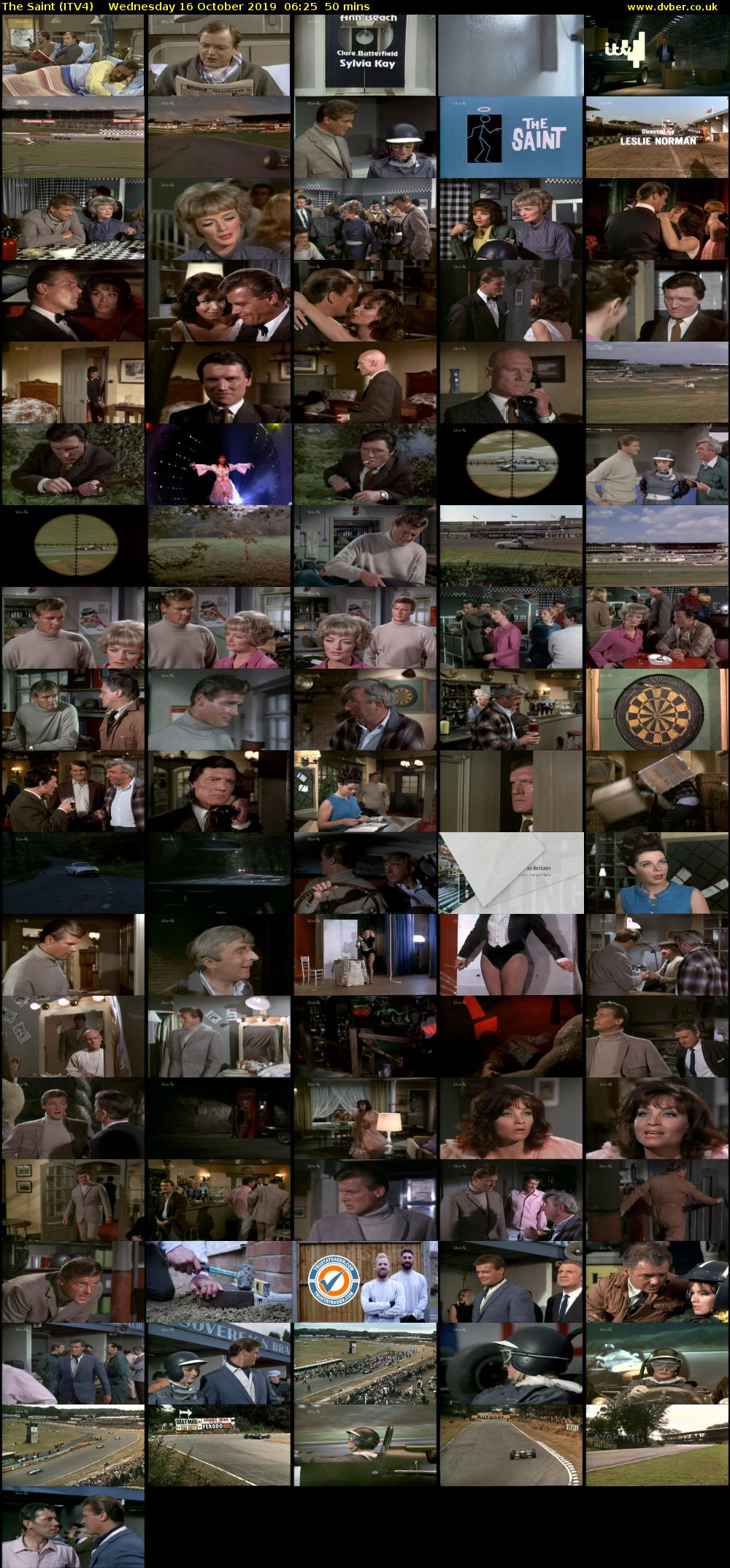 Find The Saint On Itv 4 Episode Guide And Schedule
May 26, 2025
Find The Saint On Itv 4 Episode Guide And Schedule
May 26, 2025 -
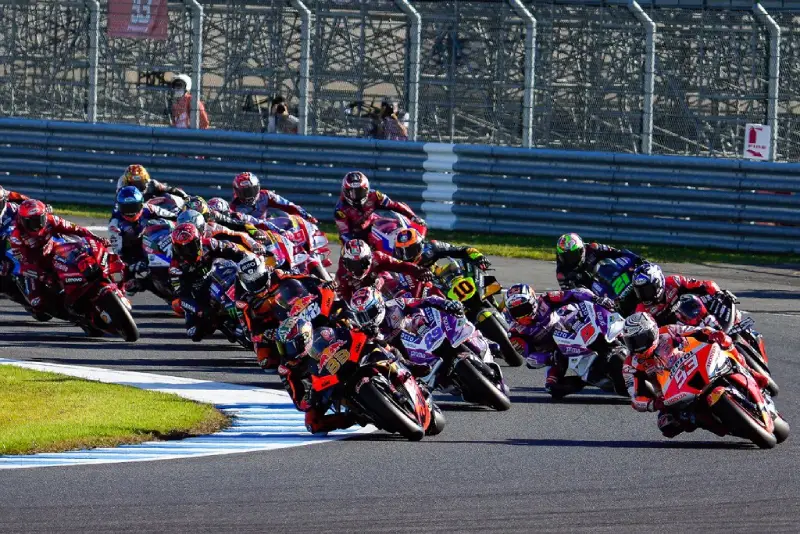 Jadwal Moto Gp Inggris Simak Seluruh Seri Balapan
May 26, 2025
Jadwal Moto Gp Inggris Simak Seluruh Seri Balapan
May 26, 2025 -
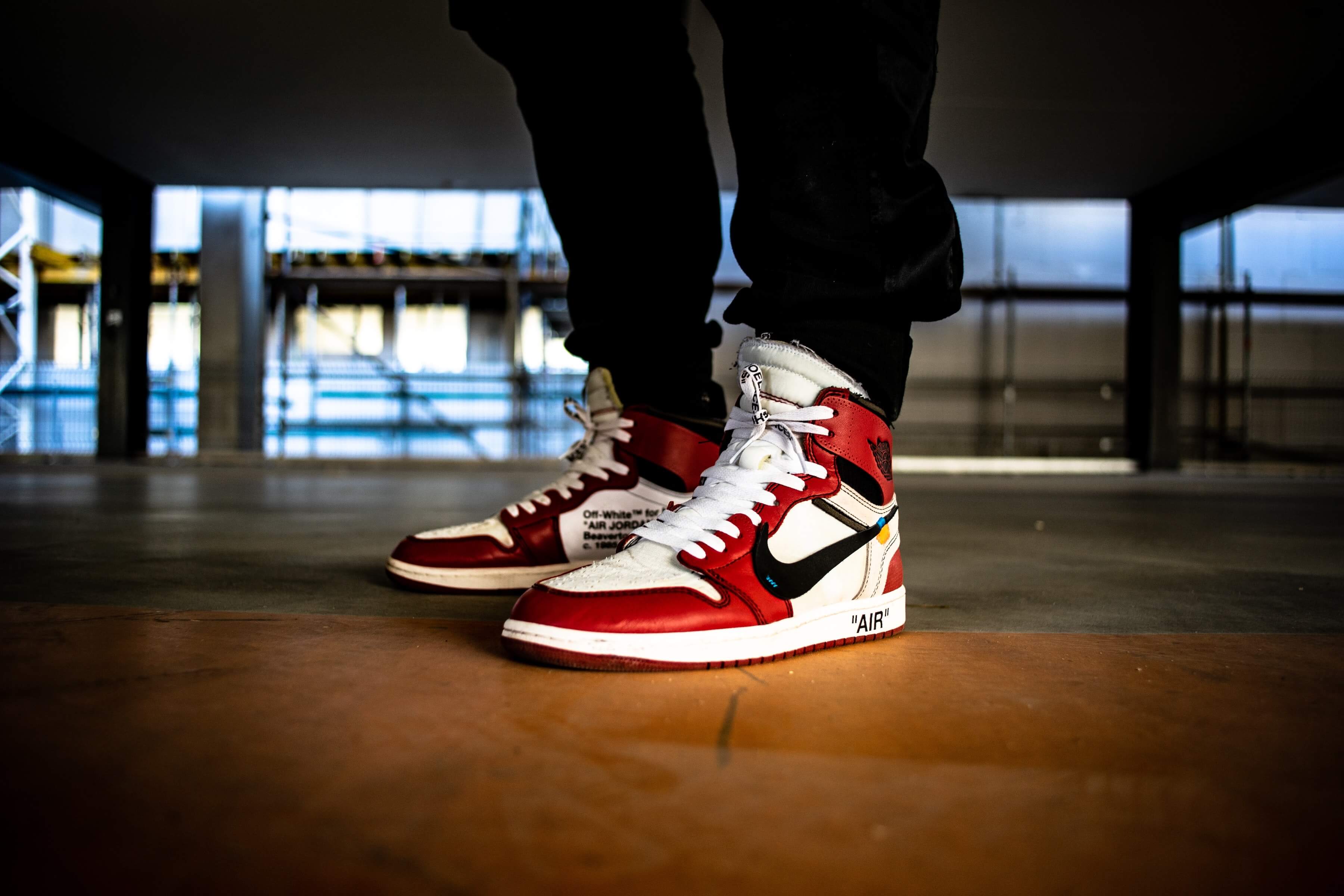 Review Of The Best Nike Running Shoes For 2025
May 26, 2025
Review Of The Best Nike Running Shoes For 2025
May 26, 2025 -
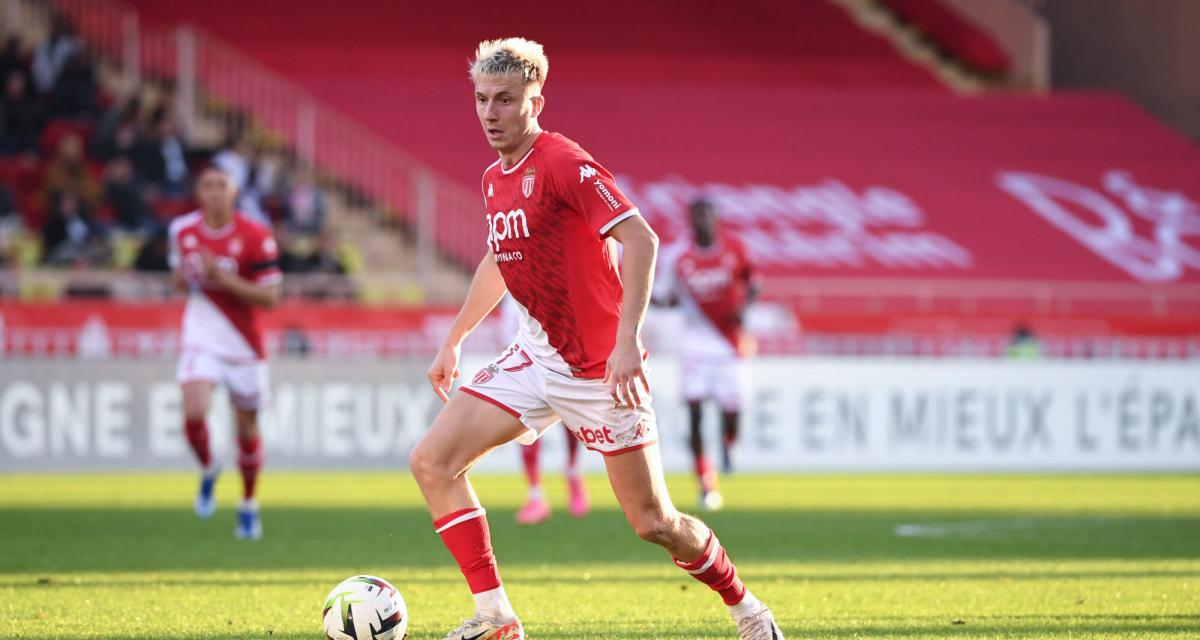 Ligue 1 Monaco Recoit Nice Le Groupe Convoque
May 26, 2025
Ligue 1 Monaco Recoit Nice Le Groupe Convoque
May 26, 2025 -
 Rethinking Middle Management Why They Are More Important Than Ever
May 26, 2025
Rethinking Middle Management Why They Are More Important Than Ever
May 26, 2025
